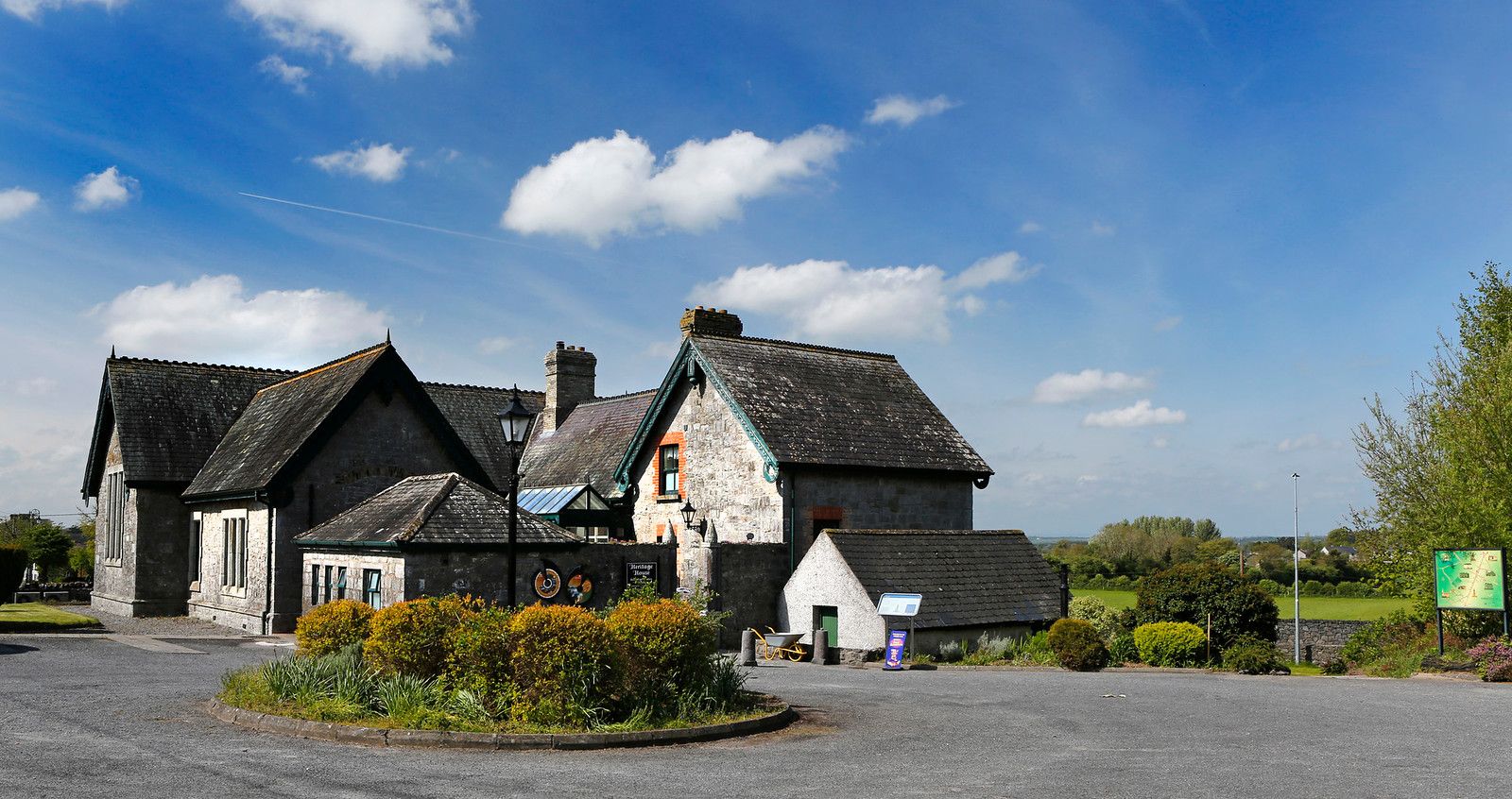When Genealogy Brings You Home to Laois

We are all from somewhere. It could be the place we were born, the town we moved to or somewhere we lived once that captured our hearts so completely it felt like home. But it could also be that place we have heard stories about for years. That place that our parents or grandparents or great grand-parents came from. For some people that place is Laois.
It might not be our birth place, but of those who have gone before us. Those who lived lives far away from our modern world. Ancestors who worked the land and whose stories, songs and traditions may still be with us today. And of course another story, one of their departure. Of ships and passage across seas and oceans.
Like many other Irish counties, Laois lost a lot of her people around the time of the Famine and for many years after that. While records of those who left can be unreliable and frustratingly scarce there are a few resources in Laois that may help bring people home.
Donaghmore Workhouse and Agricultural Museum
One of Ireland’s few remaining workhouses, where many people ‘lived’ before they left, is in Donaghmore Workhouse and Agricultural Museum. Its bare walls and rooms with hard raised wooden platforms that acted as beds speak volumes about the lives that these people endured there. There are some records here and if it is a case of family being from this area Donaghmore may be of help. The display of agricultural implements, tools and ‘machinery’ will give a good insight into the ways the land was worked, the time, effort and hardship people went through working the soil for food.
Mountmellick Embroidery Museum
Along with its famous Mountmellick Embroidery, the Mountmellick Embroidery Museum has a vast database of Quaker records dating back to the mid 1600’s. There was also a workhouse in Mountmellick and the museum has traced one of the women who left the workhouse and went to Austrailia. In doing so they were able to work with the Irish Prison Service and get a Famine Box made. This box is a replica of the one given to Mary Millar, nee Doyle, when she departed. It contained all her worldly possessions including some new items of clothing paid for by the Poor Law Union. By chance Mary’s relatives were visiting Mountmellick, as they knew she was from the area, and happened upon the museum and the box in it with a picture of their great great grandmother on it, they had just found a little piece of home.
Abbeyleix Heritage House
For more recent departures and specifically from the Abbeyleix area, the old Christian Brothers boys school, now a Heritage centre and museum, in Abbeyleix has the role books of all the boys who attended the school from 1911 to 1978. These can be viewed by appointment at Abbeyleix Heritage House. The centre also has a wonderful selection of reference books and maps that can also be viewed. Their website lists them all.
All these places and the people who work in them are only too happy to help. They will take the time to talk about relatives and place names and maybe point you in the direction of a house or area that a relative was from. So that those searching for a closer connection with the past can walk down the same roads as those who went before them and maybe find a closer connection with their Laois home.
Here is a list of some good online research sites to help you with your family history search
http://www.census.nationalarchives.ie/ Irelands census records from 1901 and 1911.
https://registers.nli.ie/ Irish Catholic Church records. A great source of baptisms, deaths and marriages in Ireland. The Anglican records are being digitised slowly and as yet there are no records online for Laois.
http://www.from-ireland.net/free-gravestone-records/ This a record of tombstones in Irish graveyards. It can be a great source to find the resting place of an ancestor.
https://barrygriffin.com/surname-maps/?alpha=A&fbclid=IwAR2NWoeWhqp2ZBFABjjLbsJlPwoV5NQJ_fl9Pm2Sl9Vxd7KFiX_wFKqT0JI A great starting point that may lead you to the right area of Ireland. This map generated using the surnames from the 1901 and 1911 census’.